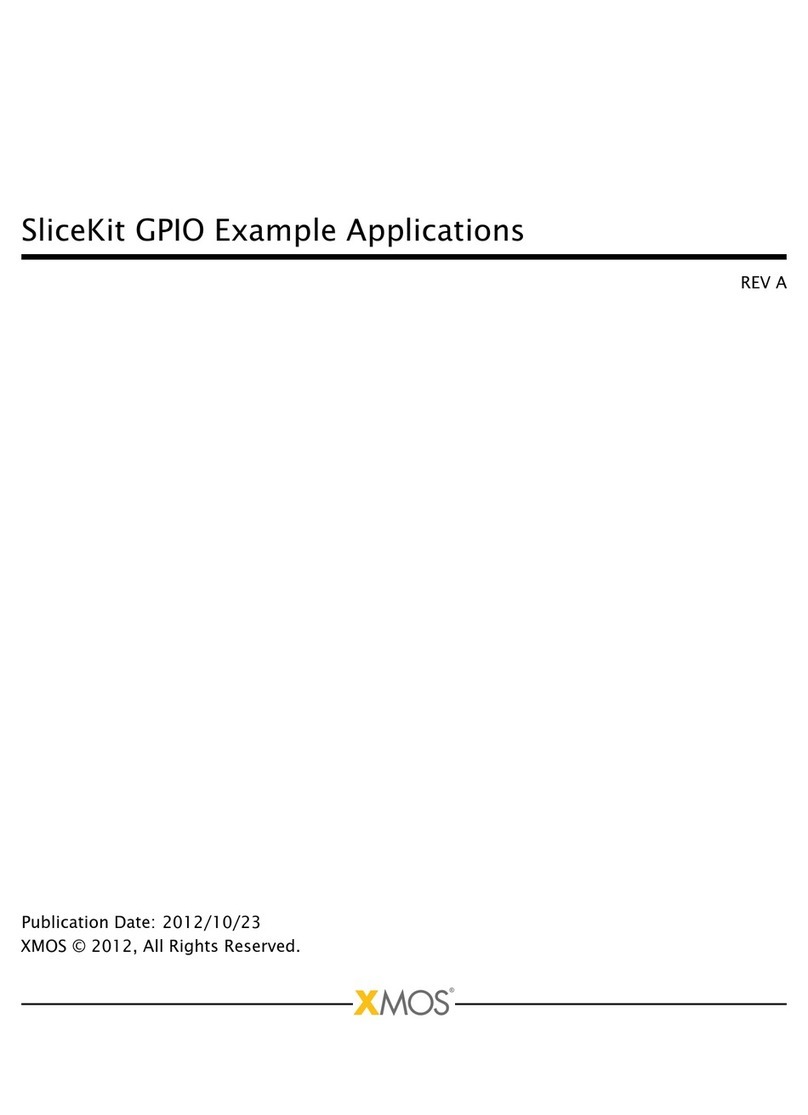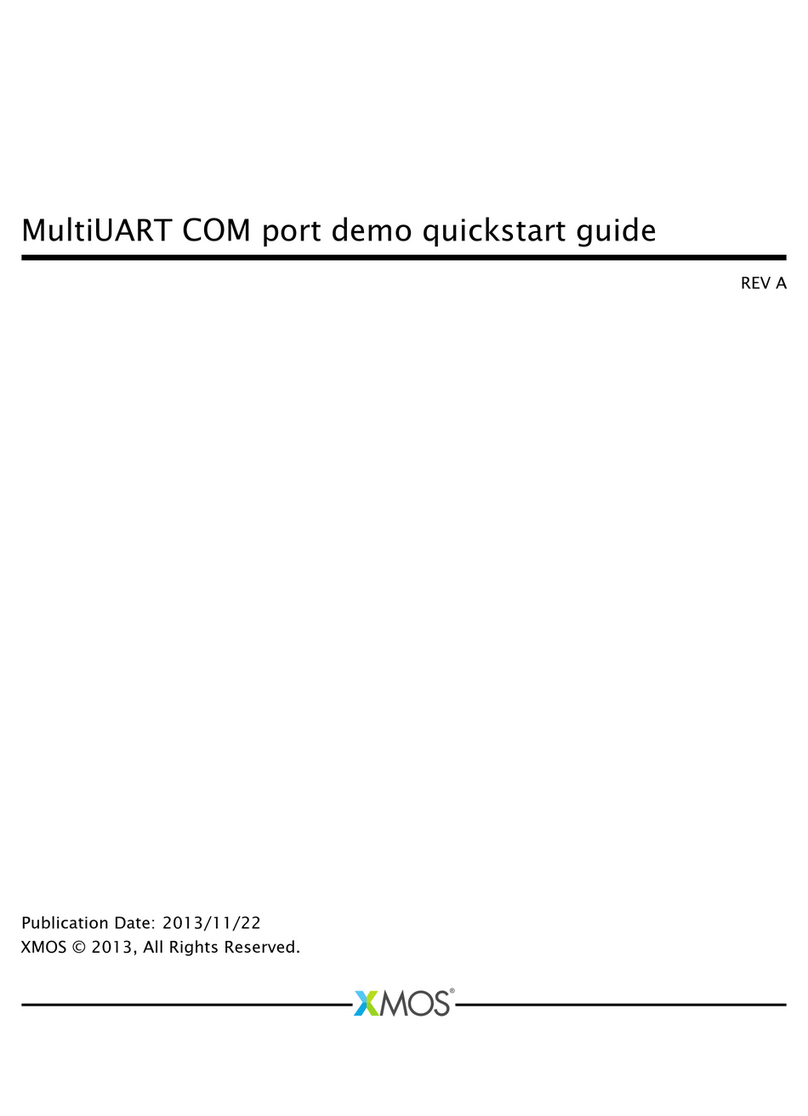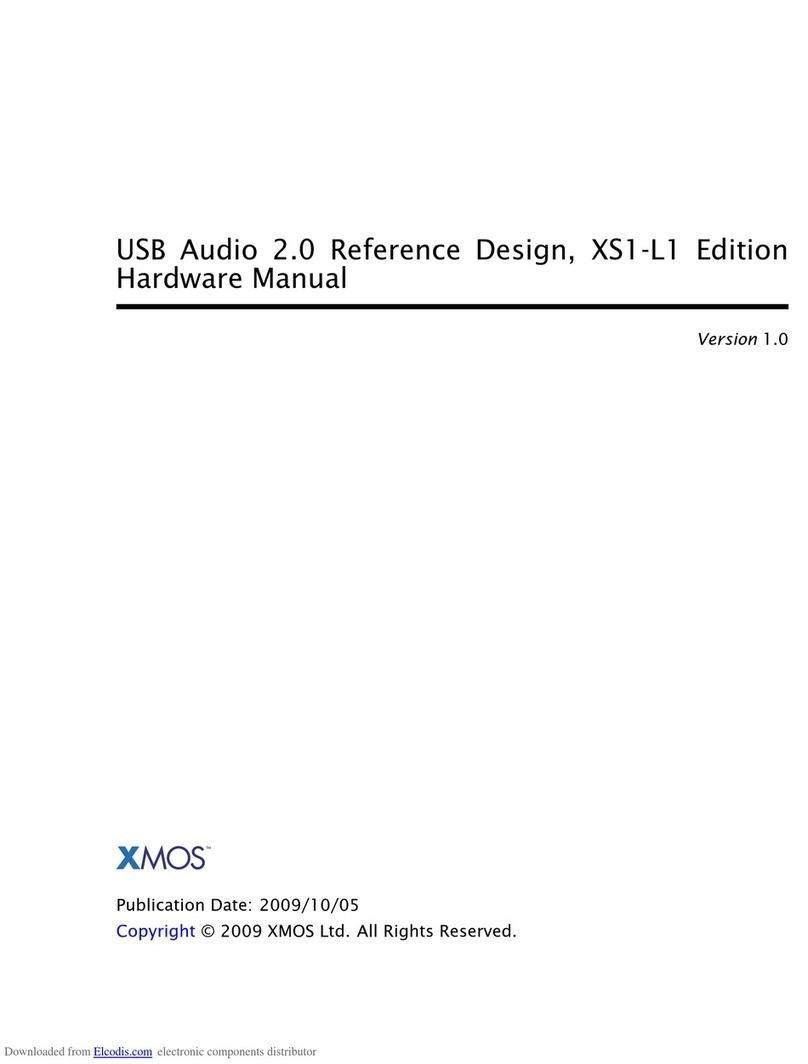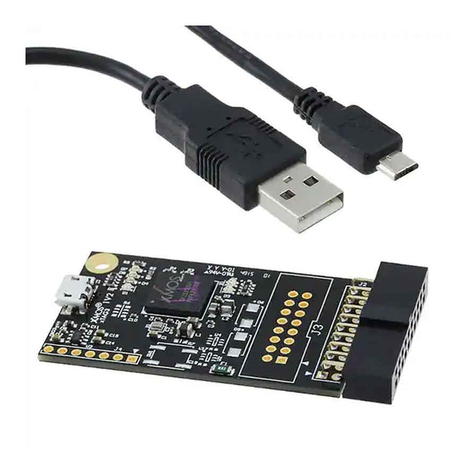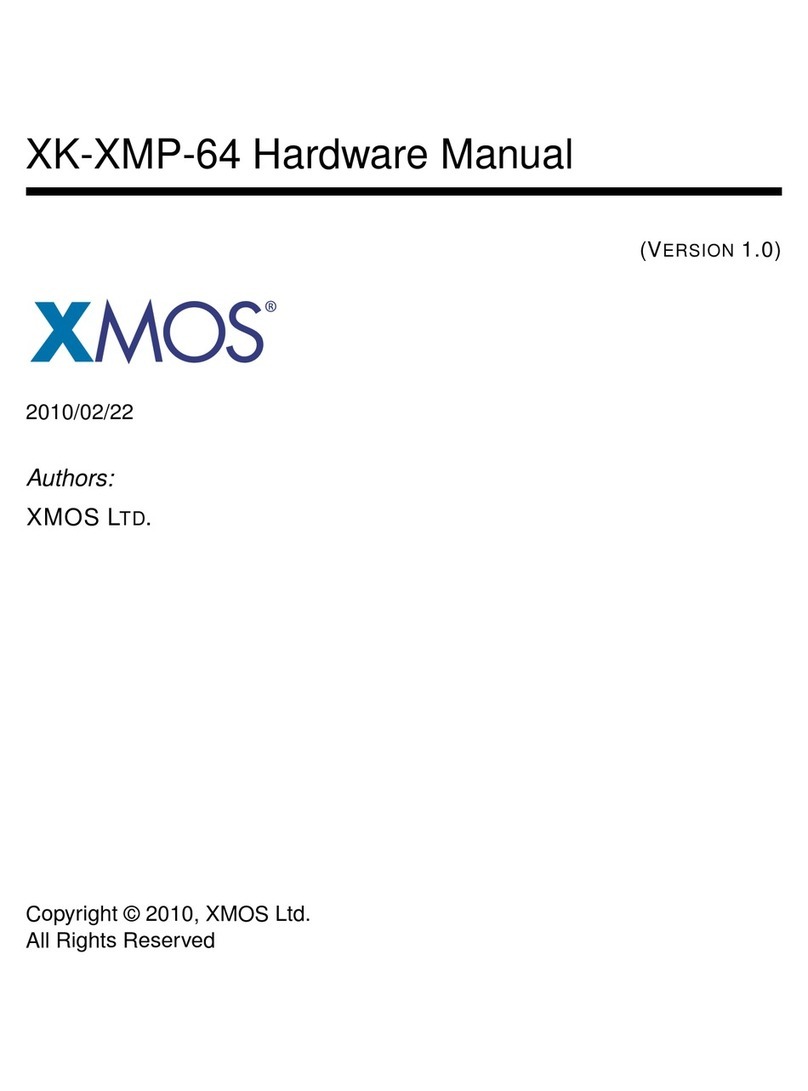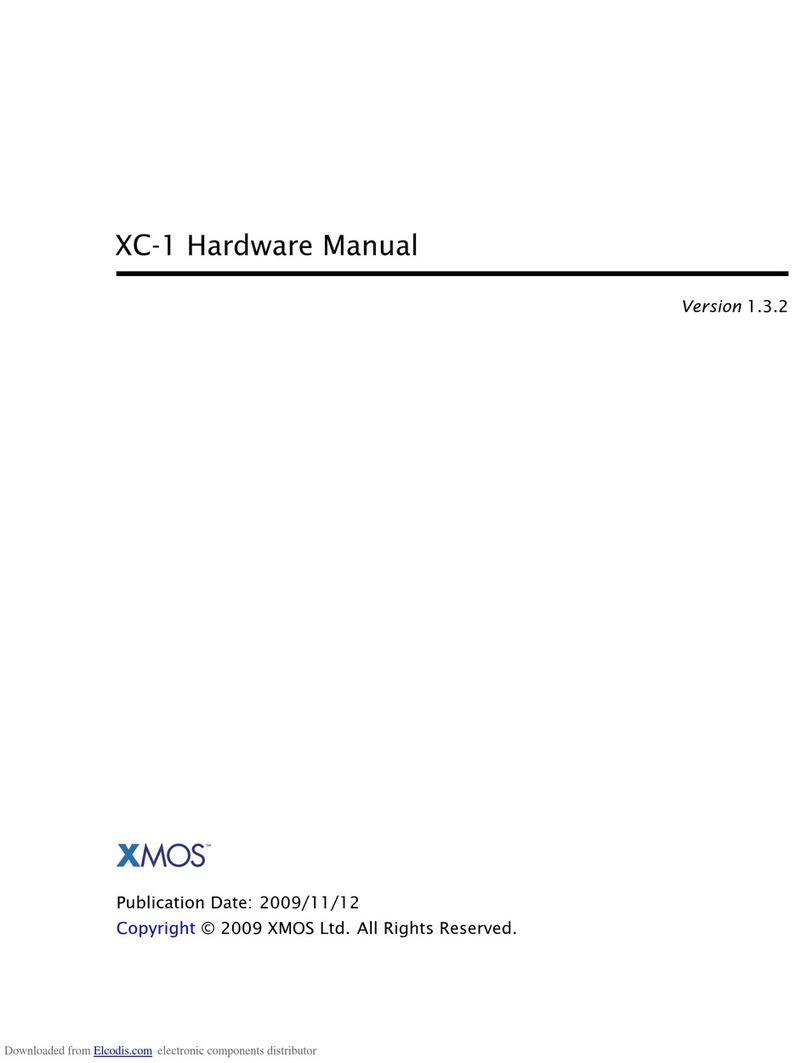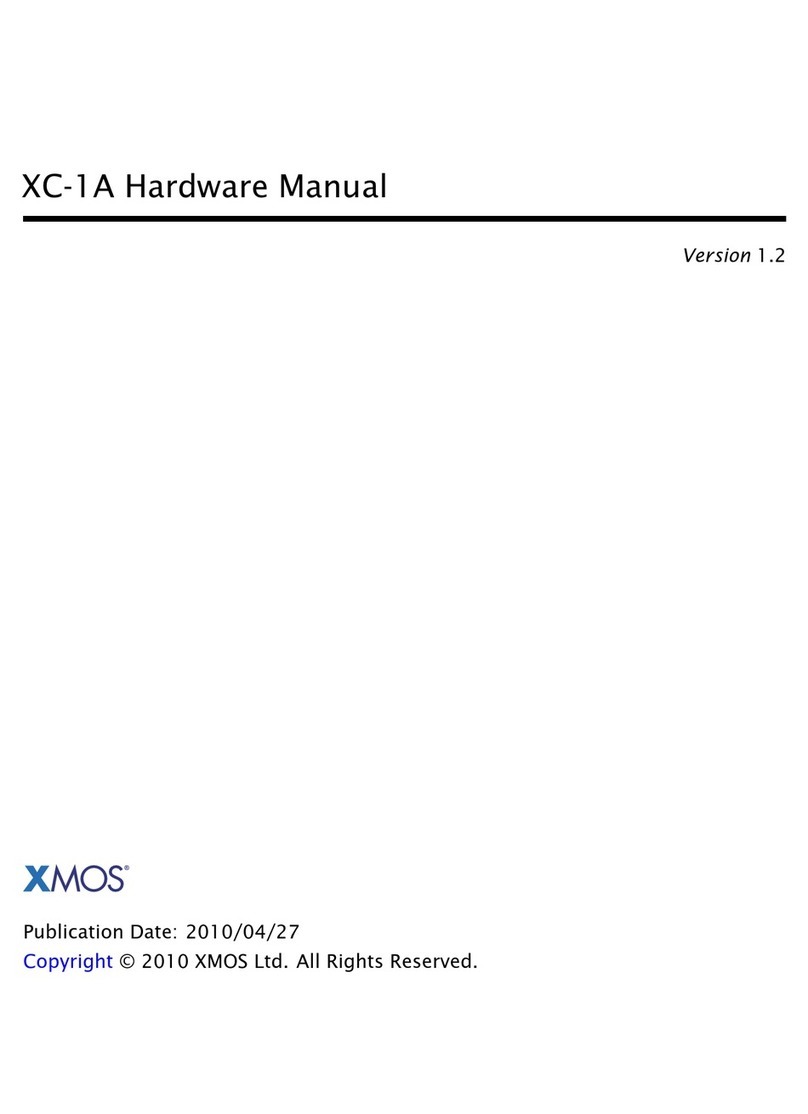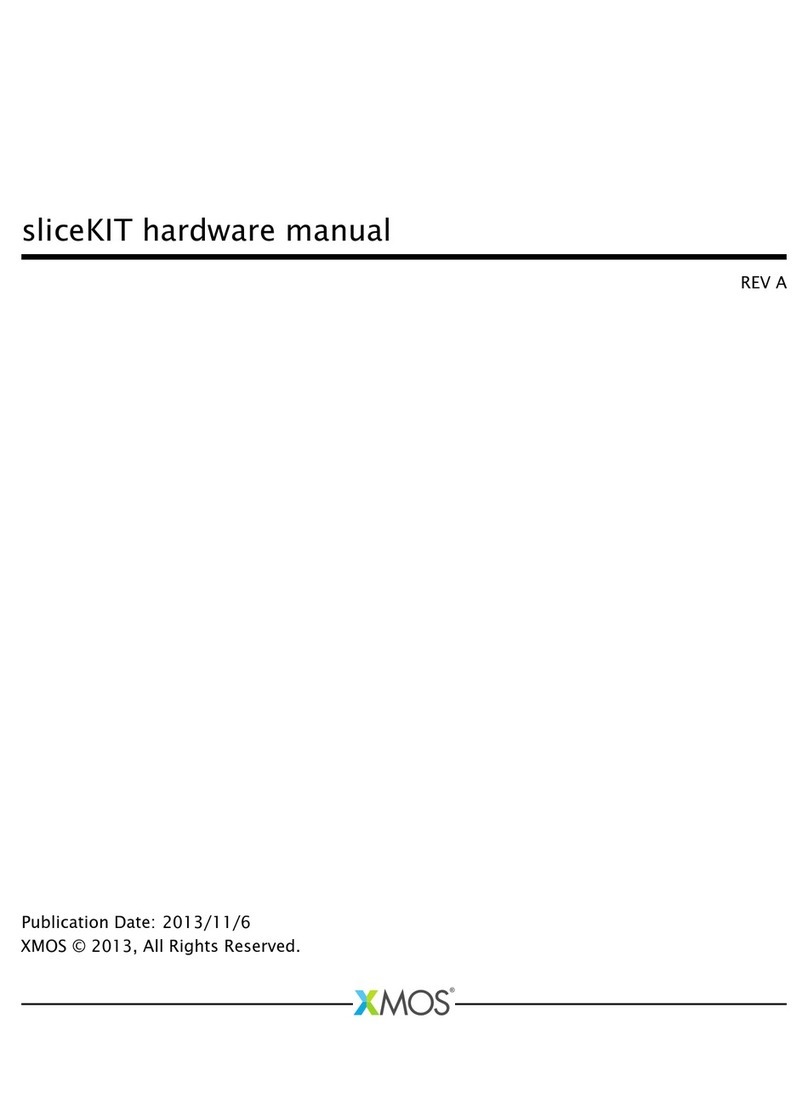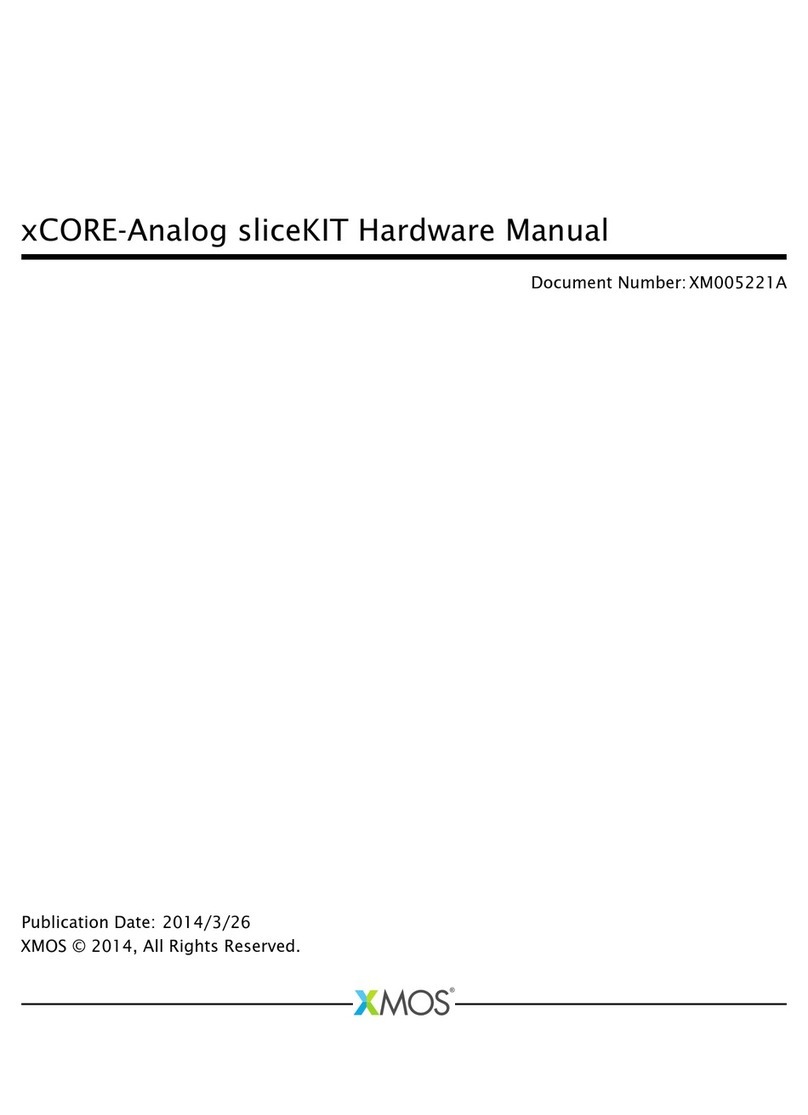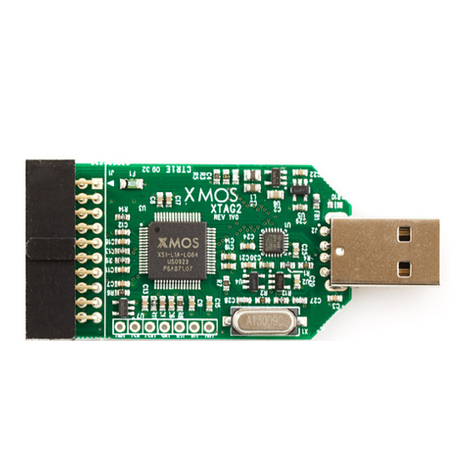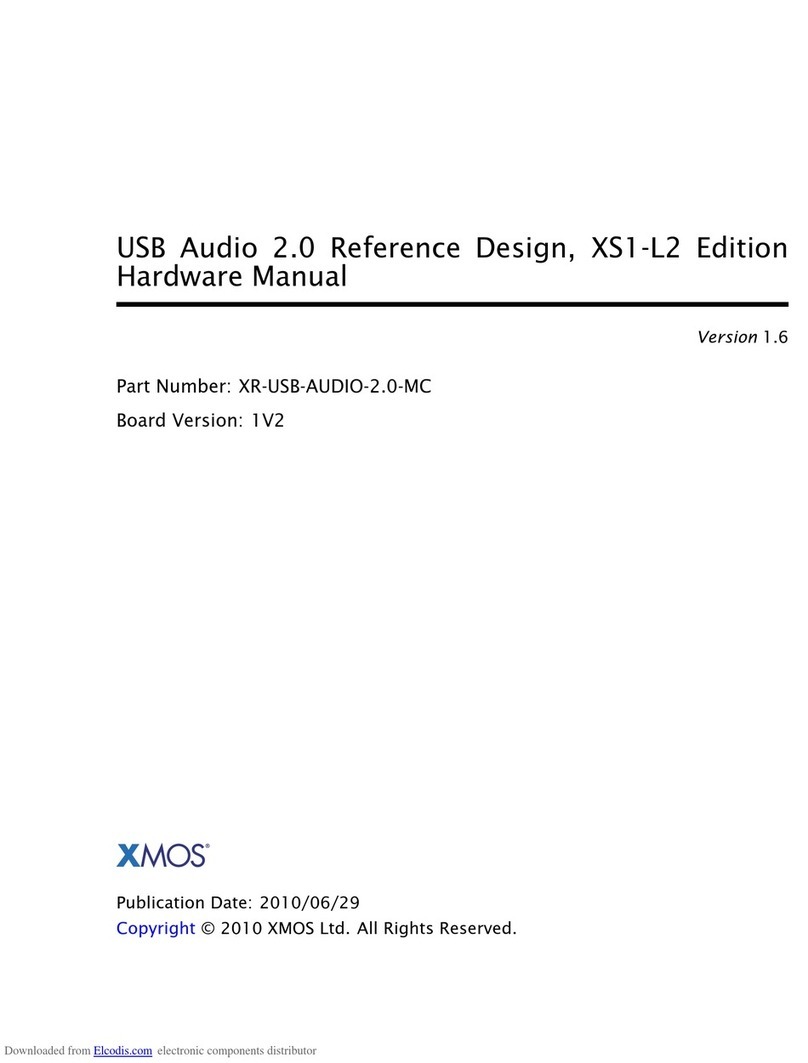
USB Audio Design Guide 4/110
3.13 Overview of PDM implemention .............................. 37
3.13.1 PDM Microphone Hardware Characteristics .................... 38
3.13.2 Integration of PDM Microphones into USB Audio ................. 39
3.14 Resource Usage ....................................... 40
4 Features & Options 41
4.1 Device Firmware Upgrade (DFU) .............................. 41
4.2 USB Audio Class Version Support ............................. 41
4.2.1 Driver Support ..................................... 42
4.2.2 Audio Class 1.0 Mode and Fall-back ........................ 42
4.3 Audio Controls via Human Interface Device (HID) ................... 43
4.4 Apple MFi compatibility .................................. 44
4.5 Audio Stream Formats ................................... 44
4.5.1 Audio Subslot ..................................... 45
4.5.2 Audio Sample Resolution .............................. 45
4.5.3 Audio Format ..................................... 46
4.6 DSD over PCM (DoP) .................................... 46
5 Programming Guide 48
5.1 Getting Started ....................................... 48
5.1.1 Building and Running ................................. 48
5.1.2 Installing the application onto flash ........................ 49
5.2 Project Structure ...................................... 50
5.2.1 Applications and Modules .............................. 50
5.3 Build Configurations .................................... 50
5.4 Validated Build Configurations .............................. 51
5.5 Configuration Naming Scheme .............................. 51
5.6 A USB Audio Application .................................. 51
5.6.1 Custom Defines .................................... 52
5.6.2 Configuration Functions ............................... 53
5.6.3 The main program .................................. 55
5.7 Adding Custom Code .................................... 58
5.7.1 Example: Changing output format ......................... 59
5.7.2 Example: Adding DSP to output stream ...................... 59
6 USB Audio Applications 61
6.1 USB Audio 2.0 Reference Design (L-Series) Application ................ 61
6.1.1 Port 32A ........................................ 62
6.1.2 Clocking ........................................ 63
6.1.3 HID ........................................... 64
6.1.4 Validated Build Options ............................... 65
6.2 The USB Audio 2.0 DJ Kit (U-Series) ............................ 66
6.2.1 Clocking and Clock Selection ............................ 67
6.2.2 CODEC Configuration ................................. 67
6.2.3 U-Series ADC ...................................... 67
6.2.4 HID Example ...................................... 67
6.2.5 Validated Build Options ............................... 68
6.3 The USB Audio 2.0 Multichannel Reference Design (L-Series) Software ....... 69
6.3.1 Clocking ........................................ 71
6.3.2 Validated Build Options ............................... 71
6.4 The Multi-function Audio Kit (U-Series) .......................... 72
6.4.1 Clocking and Clock Selection ............................ 72
XM0088546.1












